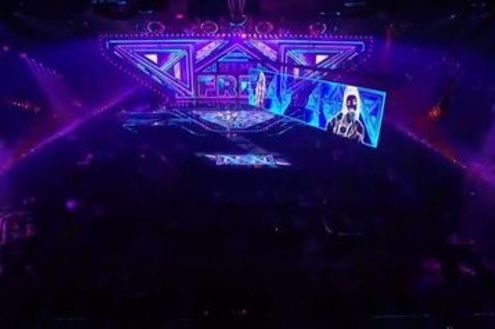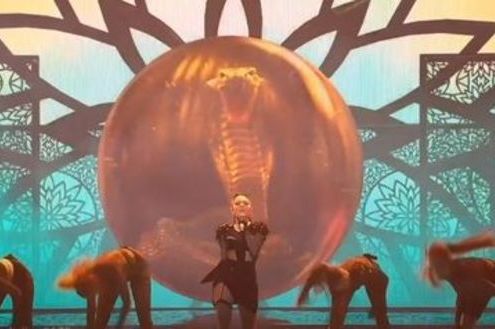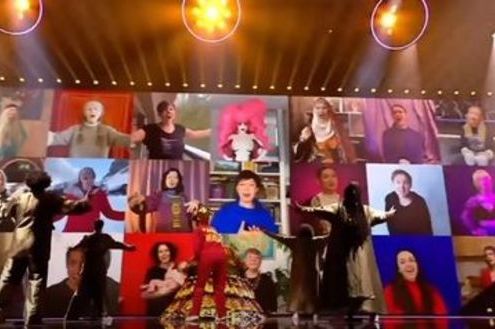Eurasian Union: view from Tbilisi - 2

In the first part of the article “Eurasian Union: view from Tbilisi” VK marked several trends from Georgia, which have appeared during an analysis of the initiative by Putin, and took out of context the most important aspect, the economy. In this article we return to consideration of the Eurasian Union through the economic perspective.
The cooperation level of the USSR was higher than that of Europe at the end of the 20th century. A small detail would be made in Tbilisi and travel to Moldova, then a semi-finished product went to Central Asia and a finished product was released in Dnepropetrovsk, for example.
As for agriculture and traditional outlet areas, the Customs Union provides real profit for its participants. For example, Russia has entered the WTO at last, but Belarus and Kazakhstan haven’t. Vladimir Putin stated: “The WTO will operate in all the space of the Customs Union, as common rules cover it.” Officially goods produced in Belarus cannot be exported to the member-states of the WTO for low taxes, as Belarus is not a member of the WTO. But considering the traditional brotherhood of former Soviet entrepreneurs and officials, they always can bargain and register goods as produced in Russia. This is a benefit for the CU participants.
However, experts pay attention to some unclear details in the sphere of economic integration. At the joint conference of the presidents of Russia, Kazakhstan and Belarus, Nursultan Nazarbayev said that the State Logistics Committee and the State Planning Committee won’t be revived, as many fear.
The experienced politician exaggerated being diplomatic and rode off on a side issue from the answer to logical questions. The point is not in the State Logistics Committee and the State Planning Committee, but in an answer to three simple questions put by experts.
First question. Does the plan of economic integration presuppose the establishment of a united currency? If yes, then is it planned to establish a united emissive centre? Who will control it and how?
Second question. Do the initiators of the union plan to establish a Eurasian Central Bank? Will a supranational body exist, which will control the formation of budgets of the Eurasian Union members? Could the participants of the integration project agree on the need to coordinate common rules and limits on forming state budgets with obligatory correspondence with the center?
Third question. Is staged unification of taxation planned?
There is no clear answer to any of these questions, either in the statements of the leaders or in documents on establishing the Eurasian Economic Union and the EurAzEC. But these three components are highly significant. This is confirmed by the bad example of the European Economic Zone, which is on the edge of collapse; because the members of the EU don’t want to delegate their sovereign powers on forming budgets and providing fiscal policy to the centre.
The first signs of future contradictions have appeared. For example, the head of the Federal Service on Surveillance for Consumer Rights Protection and Human Well-being, Gennady Onischenko, criticizes the authorities of Belarus for their rejection of establishing barriers for Georgian products: wine and borjomi come to the Russian market through an open border, despite the embargo launched by Moscow in 2006. But Belarus and Kazakhstan didn’t launch the prohibition on imports of Georgian mineral water. The situation is a clear example of a contradiction between the process of integration and national interests of the participants of the process.
Thus, the process of integration of the Eurasian space is certainly a difficult and long-term process. The main thing is the right direction of the process.
Georgy Kalatozishvili, Tbilisi. Exclusively to VK
5745 views
Поделиться:
- ВКонтакте
- РћРТвЂВВВВВВВВнокласснРСвЂВВВВВВВВРєРСвЂВВВВВВВВ
- Telegram
- Viber
- Skype





